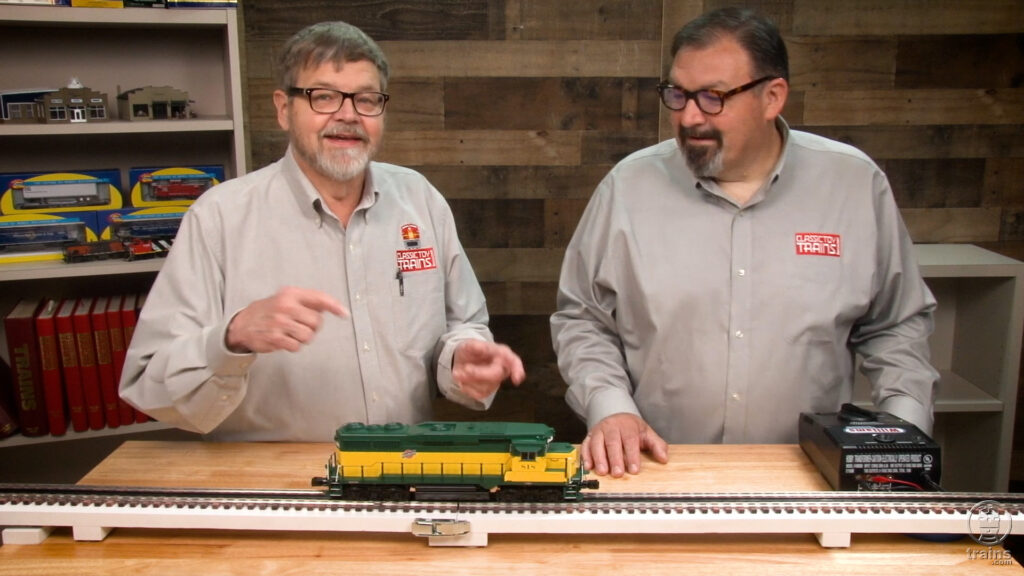
On this installment of Bob’s Train Box, Bob and CTT editor Hal Miller do a quick review of Lionel’s new Legacy GP30 (Read the full review in the December 2021 issue of CTT). Then Bob explains various track cleaning techniques and reveals his favorite thing to keep the rails shiny. The last stop is modern […]
Read More…

On this installment of Bob’s Train Box, Bob and CTT editor Hal Miller do a quick review of Lionel’s new Legacy GP30 (Read the full review in the December 2021 issue of CTT). Then Bob explains various track cleaning techniques and reveals his favorite thing to keep the rails shiny. The last stop is modern […]
Read More…
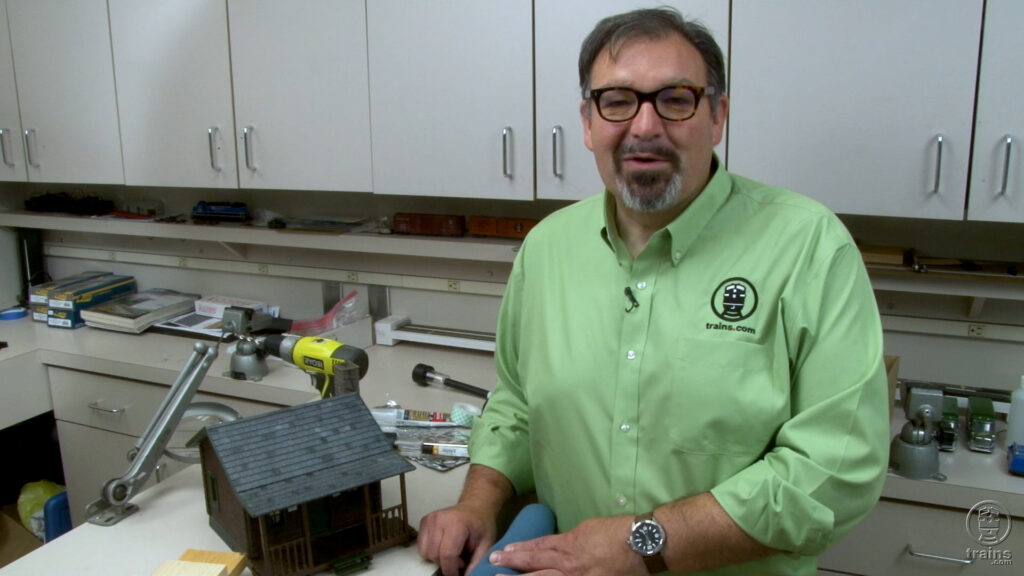
Garden Railways Editor Hal Miller shows step-by-step how to illuminate a PIKO cabin kit with an inexpensive solar-powered path light available from a home improvement store. […]
Read More…

Garden Railways Editor Hal Miller shows step-by-step how to illuminate a PIKO cabin kit with an inexpensive solar-powered path light available from a home improvement store. […]
Read More…

Garden Railways Editor Hal Miller shows step-by-step how to illuminate a PIKO cabin kit with an inexpensive solar-powered path light available from a home improvement store. […]
Read More…

The latest special issue from Classic Toy Trains! If you’re looking to build your first toy train layout, or maybe just something more manageable, Toy Train Layouts for Small Spaces has you covered! It’s full of plans for layouts under 100 square feet that will fit in a spare room, including island and around the […]
Read More…
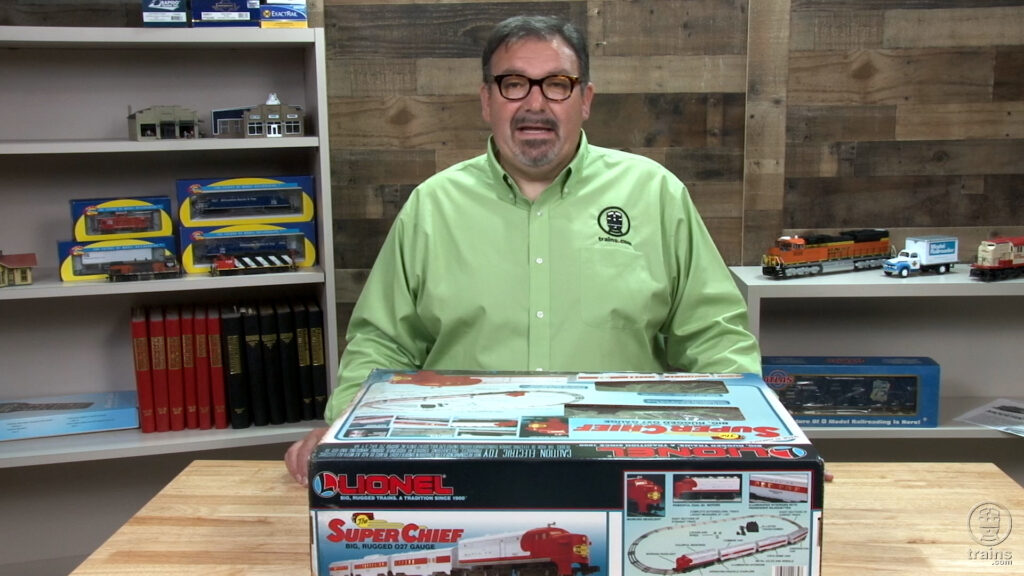
CTT’s Hal Miller has a look at Lionel’s no. 11739 Santa Fe “The Super Chief” set that was the first one in the modern era to feature an Alco locomotive. This O-27 outfit is still available and affordable on the auction and swap meet market along with its add-on cars. It’s great to run or […]
Read More…
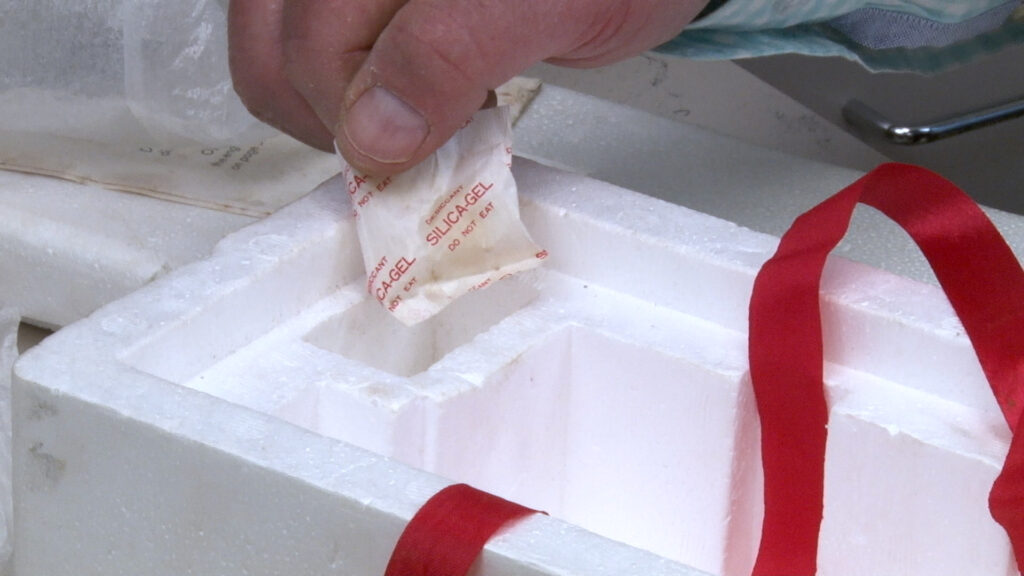
Water is the enemy of toy trains. But we have tools to fight back. In fact, they might already be in your train box, and if they’re not, they should be. You can prevent rust and mold with silica gel. Science to the rescue What I have here is a locomotive that sat in a […]
Read More…
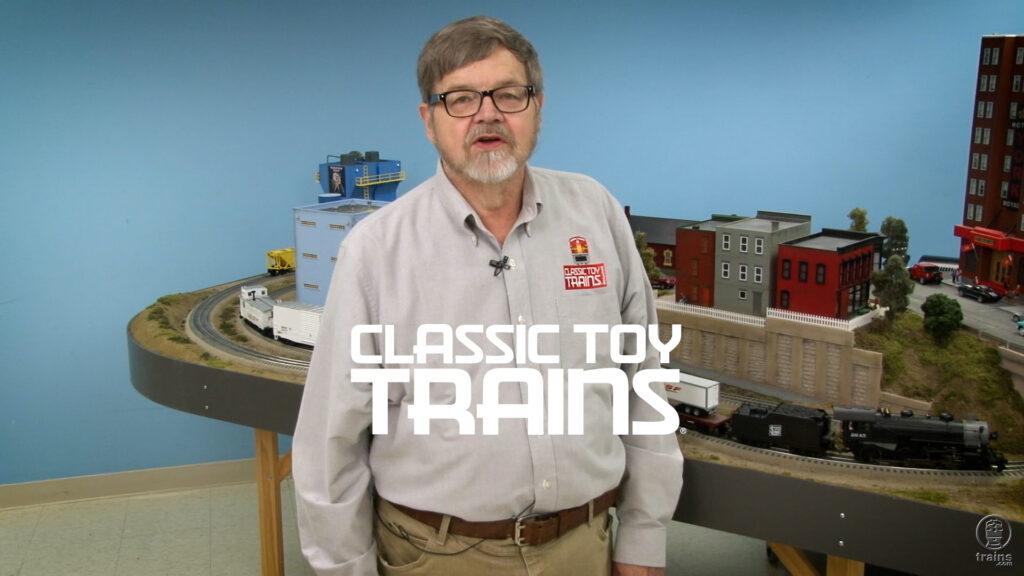
On this Episode of Train Box, Bob Keller and CTT editor Hal Miller put a new Legacy Lionel Soo 4-6-0 through its paces. Then Bob shows part of his collection of colorful tinplate O gauge Marx locomotives and rolling stock. Finally, he discusses railroad timetables and other paper memorabilia that make interesting and informative reading […]
Read More…

On this Episode of Train Box, Bob Keller and CTT editor Hal Miller put a new Legacy Lionel Soo 4-6-0 through its paces. Then Bob shows part of his collection of colorful tinplate O gauge Marx locomotives and rolling stock. Finally, he discusses railroad timetables and other paper memorabilia that make interesting and informative reading […]
Read More…
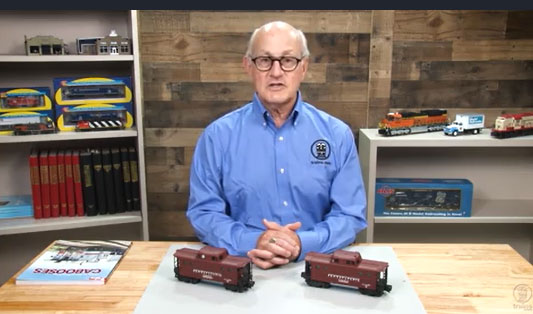
Lionel’s model of the Pennsylvania RR’s N5c caboose has been a favorite since it was first added to the catalog in the 1950s. CTT’s Professor Carp details the history of these toy train stalwarts, shows some of the other roadnames and colors in which it was produced, and explains why one variation is worth far […]
Read More…

Lionel’s model of the Pennsylvania RR’s N5c caboose has been a favorite since it was first added to the catalog in the 1950s. CTT’s Professor Carp details the history of these toy train stalwarts, shows some of the other roadnames and colors in which it was produced, and explains why one variation is worth far […]
Read More…







